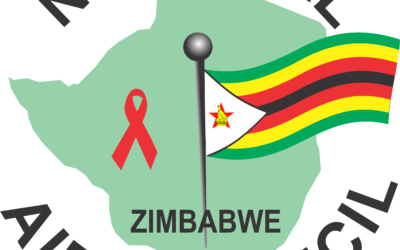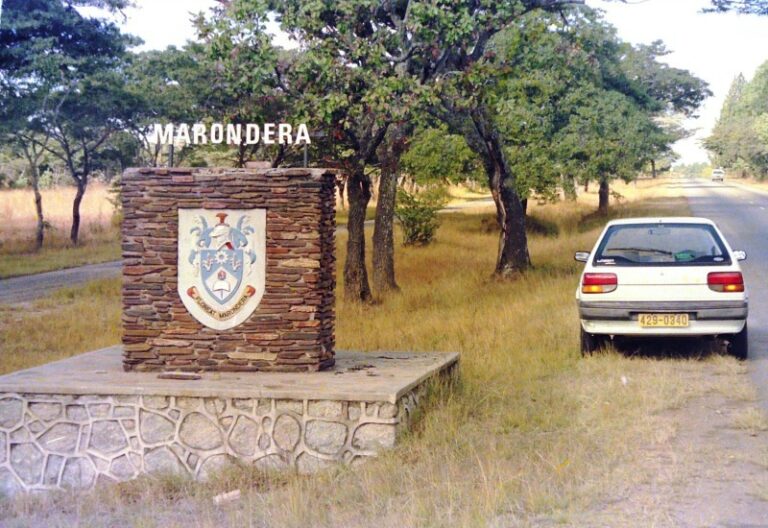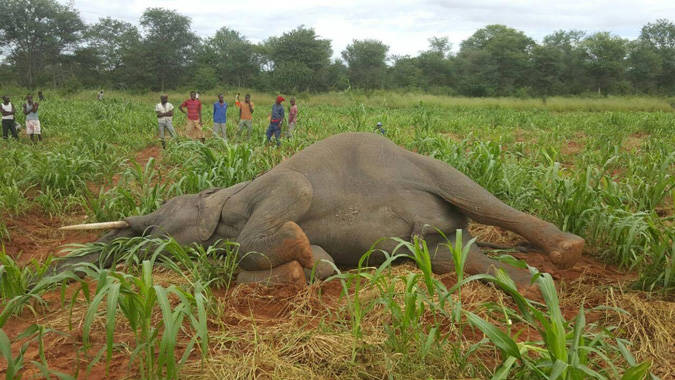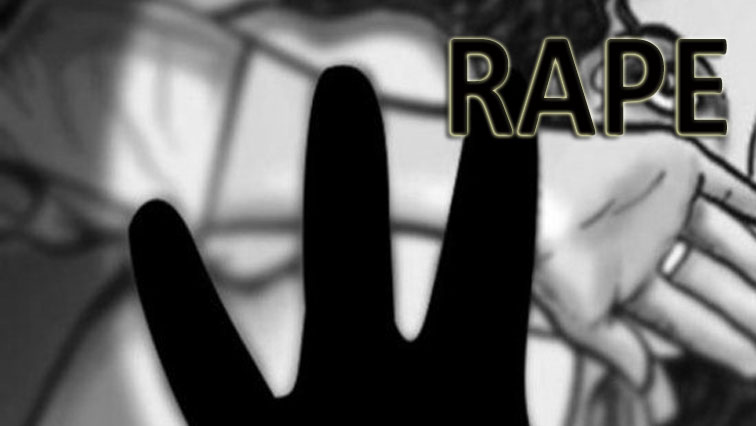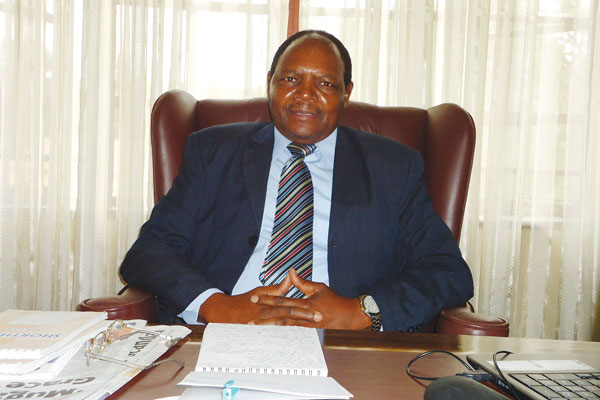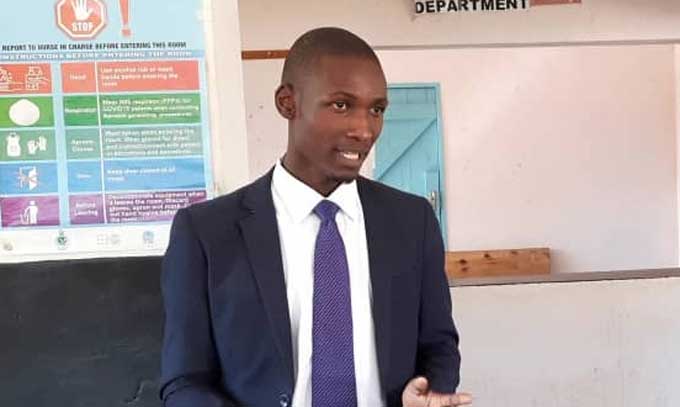
BY MOSES MUGUGUNYEKI Communities in Manicaland province are battling a resurgence of sexually-transmitted infections (STIs) in areas regarded as hotspots, including in the Chiadzwa diamond mining fields in Marange.
Health authorities in Manicaland province confirmed to journalists on a National Aids Council (NAC)-organised media tour of the province that there was a spike in STIs in communities regarded as HIV hot spots.
They identified growth points, mining communities and high-density areas in urban communities as HIV and STIs hotspots.
“We have had a spike in STIs in the Chiadzwa area, apparently as a result of an influx of artisanal miners in the area,” said Populations Solutions for Health clinical services coordinator Maxwell Madyauta.
Madyauta said they have introduced interventions in Chiadzwa and other mining communities in the province.
“We have introduced programmes in Chiadzwa and other mining communities like Penhalonga where we are distributing condoms and doing awareness campaigns,” he said.
According to the World Health Organisation (WHO), more than one million STIs are acquired every day worldwide, the majority of which are asymptomatic.
The global health body says drug resistance, especially for gonorrhoea, was a major threat to reducing the burden of STIs worldwide.
- Chamisa under fire over US$120K donation
- Mavhunga puts DeMbare into Chibuku quarterfinals
- Pension funds bet on Cabora Bassa oilfields
- Councils defy govt fire tender directive
Keep Reading
District Aids coordinator for Makoni Spencer Banguza confirmed that areas such as Nyanyadzi and Headlands were among communities with high STIs prevalence rate.
“I don’t have the statistics at hand right now, but Nyanyadzi and Headlands are our hotspots since they are on the highway and we have trucks parking there and a lot of sex work happens in those areas,” Banguza said.
“We also have places such as Vhengere in Rusape as well as shopping centres dotted across the district that are potential HIV transmission areas.”
He said Inyati Mine was also an emerging HIV hotspot in Makoni district.
“We have Inyati Mine where there are artisanal miners and a lot of sex work is happening in these areas,” Banguza said.
“We have, however, embarked on a number of programmes to curb HIV and STIs transmission in these areas identified as hotspots,” he said.
“We now have facilitators drawn from these communities who are doing awareness campaigns as well as condom distribution, among other intervention programmes.”
NAC acting provincial manager for Manicaland province Simbarashe Maquina said his organisation working with partners had come up with a cocktail of intervention programmes.
“We are working with a number of organisations in our efforts to reduce new HIV and STIs infections through programmes such male and female condoms distribution, the use of antiretroviral medicines as pre-exposure prophylaxis, voluntary male medical circumcision and behaviour change, among others,” Maquina said.
“We also have programmes that target adolescent girls and young girls as well as boys as we try to reduce HIV incidence among these populations.”
The HIV prevalence for Manicaland province is 10,2%.

